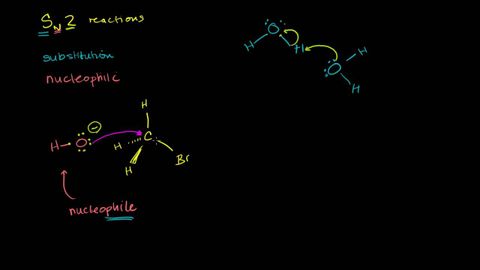Sn2反應 (Sn2 Reactions)
Chao Joanne 發佈於 2021 年 01 月 14 日  沒有此條件下的單字
沒有此條件下的單字- n. (c./u.)州;狀態
- adj.政府的;州的
- v.t.陳述,說明,聲明
US /ˈnɛɡətɪv/
・
UK /'neɡətɪv/
- n.負電極的;否定詞;否定句;底片
- adj.消極的;負的;負面的;否定的;陰性的;負電的
US /ˈpɑzɪtɪv/
・
UK /ˈpɒzətɪv/
- adj.積極的;建設性的;確定的;正極的;積極的;有利的;陽性的;樂觀的;正數的;正像的
- n.正片
US /dɪˈtɚmɪn/
・
UK /dɪ'tɜ:mɪn/

